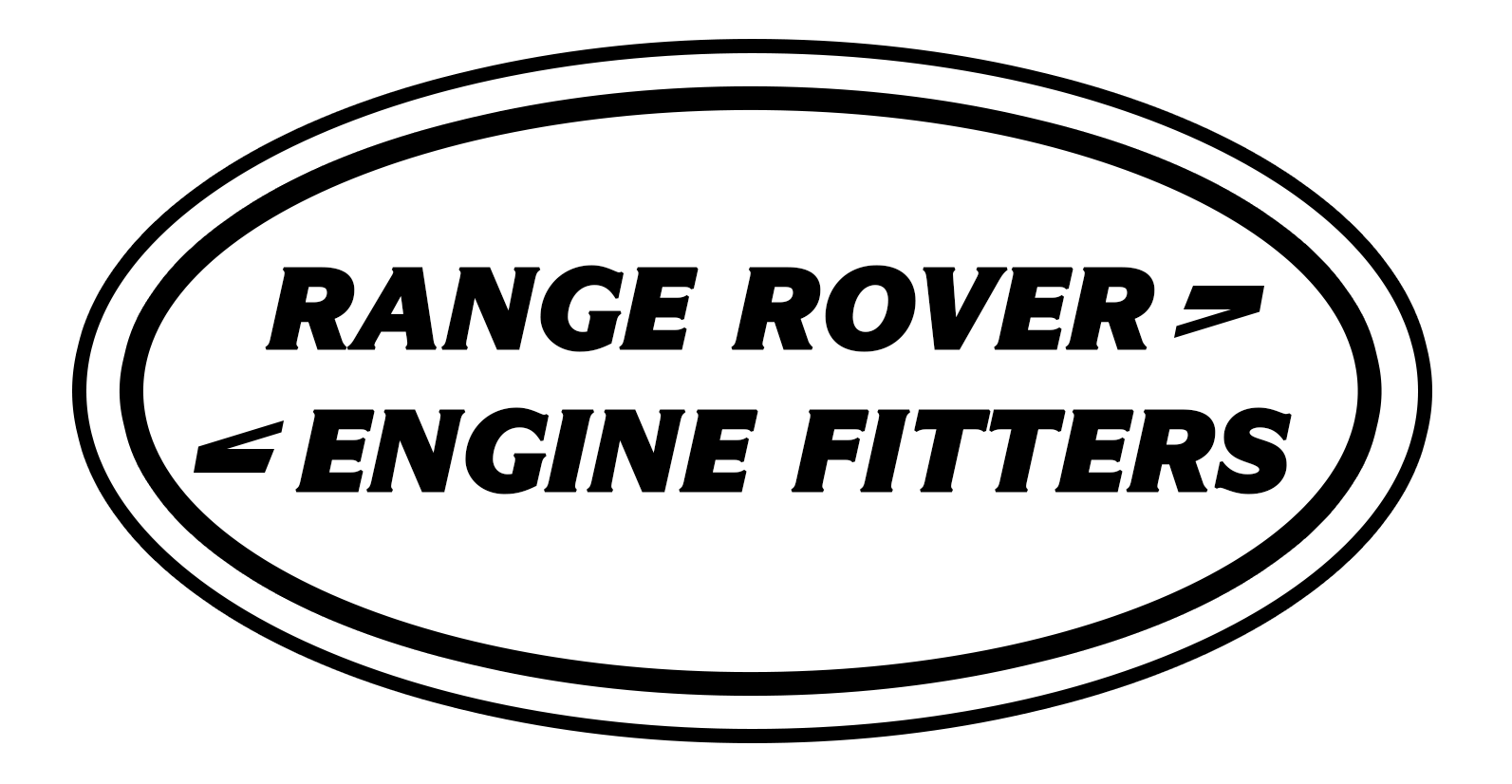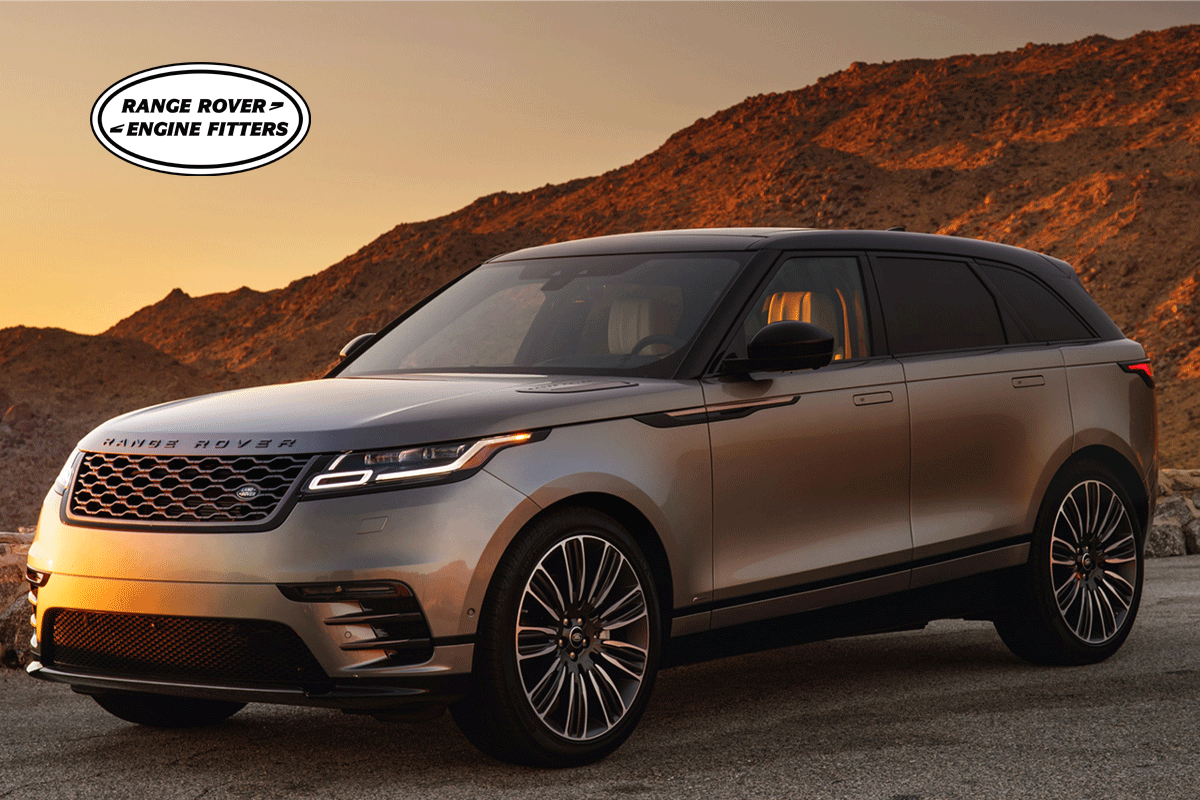The Range Rover 2.0 engine exemplifies a sophisticated combination of cutting-edge technology and practical engineering principles. Designed to deliver superior performance, fuel efficiency, and environmental friendliness, the engine represents Range Rover’s commitment to innovation and durability. This article will explore the design philosophies behind the Range Rover 2.0 engine, examining its core principles, from sustainability to versatility, and how these approaches help in meeting modern automotive needs. Additionally, the importance of Engine Replacement, Reconditioned Engines, and Supply and fit options will be highlighted.
Efficiency and Eco-Friendliness: The Core Design Objective
One of the central design philosophies behind the Range Rover 2.0 engine is its focus on fuel efficiency and environmental sustainability. The automotive industry has shifted towards creating engines that can deliver more power while consuming less fuel, and the Range Rover 2.0 engines is no exception. With advanced fuel injection systems, lightweight materials, and turbocharging, the engine offers a reduction in fuel consumption, making it eco-friendly.
Additionally, Range Rover has incorporated stop-start technology to further enhance fuel savings. This feature automatically shuts off the engine when idling, cutting down unnecessary emissions. These eco-conscious design elements align with the brand’s vision of reducing its carbon footprint and addressing global environmental challenges. In scenarios where Engine Replacement is necessary, these technologies ensure that newer models maintain the brand’s environmental commitment, improving the long-term sustainability of the vehicle.
Turbocharging: Power Meets Efficiency
Turbocharging plays a significant role in the performance capabilities of the Range Rover 2.0 engine. This design choice allows the engine to generate more power without increasing its size, a crucial aspect for maintaining fuel efficiency. Turbocharged engines, like the one in the Range Rover 2.0, are designed to compress the air entering the engine, increasing its density. This results in more oxygen in the combustion chamber, which leads to enhanced power output.
This technological approach ensures that the Range Rover 2.0 engine performs exceptionally well across diverse driving conditions, whether on highways or rugged terrains. For those considering a Reconditioned Engine, a turbocharged unit brings the benefits of modern engineering, ensuring the engine remains powerful yet efficient after reconditioning. Moreover, the availability of turbocharging technologies when opting for Supply and fit services can enhance both performance and longevity of the vehicle.
Lightweight Materials: Enhancing Performance and Efficiency
The use of lightweight materials is another pivotal design philosophy behind the Range Rover 2.0 engine. Modern vehicles are being designed with a greater emphasis on weight reduction to boost fuel efficiency and performance, and the Range Rover 2.0 is no different. By employing materials such as aluminum and advanced composites, the engine becomes lighter, allowing for better handling, quicker acceleration, and improved fuel economy.
This reduction in weight also means less strain on the engine components, increasing its longevity. When considering Engine Replacement, opting for lighter, modern engines like the Range Rover 2.0 ensures the vehicle can maintain superior performance without the need for excessive fuel consumption. Similarly, for those selecting Reconditioned Engines, this design advantage ensures that older engines, when refurbished, can still deliver exceptional results.
Adaptability to Driving Conditions
The Range Rover 2.0 engine is designed to adapt seamlessly to various driving conditions. Whether navigating urban streets or traversing rugged off-road landscapes, this engine excels in providing a smooth and controlled driving experience. It incorporates intelligent terrain response systems that automatically adjust engine settings based on the driving environment.
This adaptability is particularly important for drivers who require versatility in their vehicles. The ability of the Range Rover 2.0 engine to modify its performance depending on terrain conditions—such as snow, mud, or sand—sets it apart from other engines in its class. For those seeking Supply and fit services for their vehicles, this adaptability ensures that the Range Rover 2.0 engine is a robust choice capable of handling a wide range of driving environments.
Reliability and Durability: Key Long-Term Goals
Reliability and durability are central to the design philosophy of the Range Rover 2.0 engine. The engine has been engineered with high-quality materials and state-of-the-art technologies to ensure it performs consistently for an extended period. This focus on reliability means that the engine can withstand the demands of both daily commutes and more challenging off-road conditions.
For drivers who require Engine Replacement, selecting a Range Rover 2.0 engines guarantees long-term performance and minimal maintenance requirements. Additionally, Reconditioned Engines undergo rigorous testing to ensure they meet the brand’s high standards of reliability. These engines are restored to like-new condition, making them an excellent alternative for those seeking high performance at a lower cost.
Advanced Emission Control Systems
Reducing emissions is another critical aspect of the Range Rover 2.0 engine’s design. With stringent global emission standards in place, the engine features sophisticated emission control technologies that minimize the release of harmful pollutants into the environment. Systems like catalytic converters and exhaust gas recirculation (EGR) ensure that nitrogen oxide (NOx) and carbon monoxide (CO) emissions are kept to a minimum.
These advanced systems reflect Range Rover’s commitment to sustainability and environmental responsibility. For individuals considering Reconditioned Engines, it is essential to ensure that these emission control systems are restored to full functionality, as they play a crucial role in meeting regulatory requirements. Similarly, when opting for Supply and fit services, drivers can rest assured that the 2.0 engine meets the highest standards of emission control.
Integration of Advanced Electronics and Software
The integration of advanced electronics and software into the Range Rover 2.0 engine plays a significant role in its overall performance. This engine utilizes an array of sensors and control units to monitor various engine functions in real-time. These systems work together to optimize fuel delivery, manage turbocharging, and monitor exhaust emissions, ensuring that the engine operates at peak efficiency.
This emphasis on electronic integration means that when considering Engine Replacement, drivers are receiving an engine that is not only mechanically sound but also technologically advanced. For those choosing Supply and fit services, ensuring proper calibration of these electronic systems is critical for achieving optimal performance. Moreover, Reconditioned Engines that retain these technological features provide a modern driving experience without the higher cost of a brand-new engine.
Sustainability Through Engine Reconditioning
Reconditioning is an essential aspect of Range Rover’s sustainability efforts. Reconditioned engines provide a cost-effective and environmentally friendly alternative to purchasing new ones. By refurbishing existing engines, the need for raw materials and manufacturing processes is reduced, resulting in lower environmental impact.
Reconditioned Range Rover 2.0 engines are rebuilt using high-quality components, ensuring that they meet the brand’s stringent performance standards. When drivers opt for Reconditioned Engines, they are choosing a sustainable solution that does not compromise on performance or reliability. Moreover, Supply and fit services ensure that these engines are professionally installed, providing peace of mind and long-lasting value.

